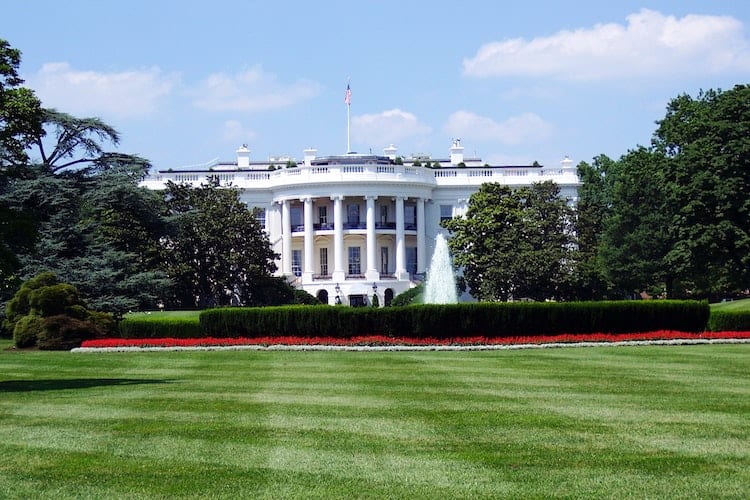Trump Signed a Round of Executive Orders for Stimulus – Here’s What They Mean

After congressional lawmakers failed to reach a deal on another round of coronavirus stimulus, President Donald J. Trump signed a number of executive orders to fix a few issues without any approval or negotiation over the weekend.
Specifically, Trump ordered federal unemployment benefits to continue and instated a payroll tax holiday until the end of the year. What do these changes mean for you, and should you expect to see some relief? Here’s what you need to know.
Trump’s Unemployment Order
Since March, as a provision of the CARES Act, unemployed Americans have been receiving an extra $600 weekly from the federal government. With tens of millions out of work, this financial backstop has been critical to keeping families and individuals afloat. However, these federal benefits expired on July 31.
With no congressional action to extend benefits, unemployed Americans were left without aid and many still have no options to return to work. Trump’s order from August 8th extended unemployment benefits, but for less money. His plan would cut the benefit to $400 per week, a middle ground between the proposed Democrat and Republican plans. Also, as opposed to all the money coming from the federal government, Trump’s proposal asks states to cover $100 of every $400 payment.
Unlike the last round of unemployment benefits, there’s no hard deadline on when these payments end. According to the order, unemployed Americans can receive payments through December 6th, or until the Department of Homeland Security’s Disaster Relief Fund has paid out $44 billion in unemployment.
Technically speaking, Trump’s order has nothing to do with the existing unemployment infrastructure, but instead sets up a “lost wages assistance program.” This complication, plus asking states for funding, could delay any unemployment benefits significantly. Moreover, the president himself expects a legal battle over the order.
“Yeah, probably we get sued, but people feel that we can do it,” he said in a press briefing.
Trump’s Payroll Tax Holiday
The other significant order Trump signed last week froze payroll taxes for Americans earning less than $100,000 annually. Typically, taxpayers surrender 7.65 percent of their paychecks to payroll tax. That money goes toward programs such as Social Security and Medicare. The goal is to allow Americans to keep that money – someone earning $50,000 could stand to save roughly $1,000 by the end of the year.
However, it’s not so cut and dry. The order isn’t a tax cut, it’s only a tax holiday. When the holiday ends, those taxes are still owed. As a result, many companies may not actually pay employees more, but rather sit on the money until the holiday ends. Otherwise, a company would need to pay out of pocket to cover that tax when the holiday expires.
In addition, critics have called this order an attack on Social Security and Medicare. It remains to be seen if Trump has the authority to suspend payroll tax collection, and this order might face legal pushback as well.
The Bottom Line
Both of Trump’s relief orders have pros and cons, and time will tell if either holds water. The boost to unemployment benefits, while badly needed, may hurt states that are already reeling financially. The payroll tax holiday, while designed to boost wages, could actually change very little while damaging social programs.
It seems likely the president will face legal battles over this round of executive action. As a result, it’s unclear whether these orders will have any real impact. If nothing else, these only serve to highlight the divide between politicians on how exactly to provide further aid to Americans.









